An extension pole for painting is an indispensable tool designed to assist painters in reaching elevated or hard-to-access areas without the need for ladders or scaffolding. These poles can be extended or retracted to various lengths, providing flexibility and efficiency during painting projects. With a focus on safety, convenience, and precision, extension poles for painting have become a staple in both professional and DIY painting kits.
Types and Materials of Extension Poles for Painting
Extension poles for painting come in a variety of types, each designed for specific painting scenarios. The telescopic paint pole is a popular choice for its adjustable length, making it perfect for both indoor and outdoor use. For those needing a lightweight option for quick tasks, an extendable roller for painting might be the ideal choice. On the other hand, a paint roller extender is best for those who need to paint large, flat surfaces efficiently. For detail-oriented tasks, a paint brush extender allows for precision work in molding and trim. Each type is tailored to meet the varied demands of painting projects, ensuring that there is a pole for every need.
Structure and Operation of Extension Poles
The structure of an extension pole for painting is ingeniously simple yet highly functional. The base handle provides a firm grip for the user, while the extendable sections, which can be made of overlapping tubes, slide and lock into place to reach the desired length. At the tip, a versatile head accommodates a variety of tools, such as paint rollers and brushes. This head often swivels or can be fixed at an angle, allowing the painter to adjust the orientation of the paint tool for optimal application. The operation of these components is straightforward: extend the pole to the required length, secure the locking mechanism, attach the paint tool, and you are ready to transform any space with color.
Materials and Properties
The choice of material for an extension pole for painting is critical to its performance. Aluminum poles are favored for their balance of strength and lightness, making them easy to maneuver when extended to full length. Stainless steel poles offer greater durability and are resistant to bending, ideal for heavy-duty use. Carbon fiber, the premium choice, is both lighter and stronger than both aluminum and stainless steel, providing exceptional performance for professional painters who use their tools daily. Each material is chosen for its specific properties to cater to the needs of different users, from occasional DIY enthusiasts to daily professional painters.
Business Usages and Applications
The extension pole for painting finds its place in a myriad of business settings. In the hospitality industry, maintaining a fresh and inviting appearance is crucial, and extension poles allow for quick touch-ups in high-ceiling lobbies or hallways. For property maintenance companies, these poles enable efficient painting of residential and commercial properties, reducing the time and labor costs associated with scaffold setups. In the realm of television shopping or studio set design, where time is of the essence, a roller with extension pole allows for rapid scene changes and fresh coats of paint without delay. The versatility and efficiency of extension poles make them a valuable asset in any business where presentation and timely maintenance are key.
Functions and Tasks
An extension pole for painting is designed to perform several functions. It extends the reach of the painter, allowing for the application of paint on high walls, ceilings, and other elevated surfaces without the need for constant repositioning of ladders. It can also be used for cleaning tasks, such as dusting high fixtures or washing windows, making it a versatile tool in the maintenance arsenal. The ability to attach different tools means that one pole can serve multiple purposes, from rolling on broad swaths of color with a paint roller extendable to finely edging with a brush.
Distinctive Features and Capabilities
The distinctive features of a high-quality extension pole for painting include a secure and easy-to-use locking mechanism that prevents slippage, a lightweight design for easy handling, and a comfortable grip to reduce hand fatigue during prolonged use. Some poles also feature multi-angle heads that can be adjusted to tackle corners and edges with precision. The unique selling points of these poles are their adaptability and the increased safety they provide by eliminating the need for precarious balancing on ladders.
Benefits and Positive Outcomes
The benefits of using an extension pole for painting are manifold. They enhance safety by keeping the painter's feet on the ground, reduce the time spent on setup and moving ladders, and can lead to a more uniform application of paint due to the consistent pressure that can be applied from the ground. For businesses, this translates to less downtime and disruption, as well as a lower risk of workplace accidents. For the individual user, it means a more enjoyable and less strenuous painting experience.
How to Use an Extension Pole Safely and Effectively?
To use an extension pole for painting safely, start by selecting the appropriate length for the job—avoid overextending the pole as it can become unwieldy. Ensure that the locking mechanism is fully engaged before applying pressure. When painting, keep the pole at an angle that allows you to apply paint with gentle pressure, reducing the risk of splattering and ensuring a smooth finish. Always be aware of your surroundings, especially when working near electrical wires or sensitive fixtures.
How to Choose the Right Extension Pole?
Choosing the right extension pole for painting involves assessing the specific needs of your project. Consider the maximum height you need to reach, the weight you are comfortable handling, and the types of attachments you will use. A telescopic paint roller might be the best option for a project with varying heights, while a fixed-length paint roller extender could be sufficient for a job with uniform height requirements. The material of the pole should also be considered based on the frequency of use and the type of painting being done.
How to Maintain Your Extension Pole?
To maintain an extension pole for painting, it's important to clean it after each use to prevent paint buildup, which can interfere with the extension mechanism. Inspect the pole regularly for any signs of wear, particularly around the locking mechanism and the head where the paint tools attach. If your pole has any metal components, protect them from rust by storing the pole in a dry environment and consider applying a silicone spray to moving parts to ensure smooth operation.
What are the key features to look for in a high-quality extension pole?
A high-quality extension pole for painting should have a robust locking mechanism, ergonomic grip, and compatibility with various paint tool attachments. The construction should be of a material that offers the right balance between weight and strength, ensuring ease of use without compromising on durability.
How does an extension pole improve painting efficiency?
An extension pole for painting improves efficiency by allowing painters to cover more area without the need to move ladders or scaffolding. It also reduces the time spent climbing up and down, thereby speeding up the painting process and reducing labor costs.
Are there extension poles suitable for both professional and home use?
Yes, there are extension poles for painting designed for both professional and home use. Professionals may opt for poles with more features and durability for frequent use, while home users might prefer a more cost-effective and straightforward model for occasional projects.







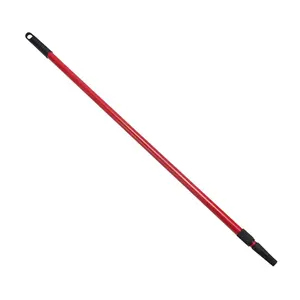
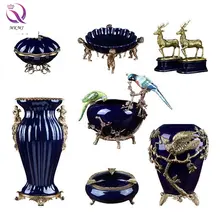
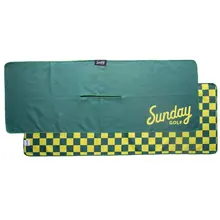
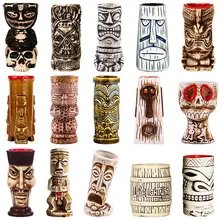
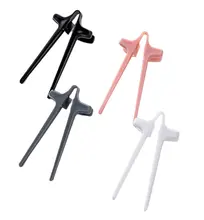





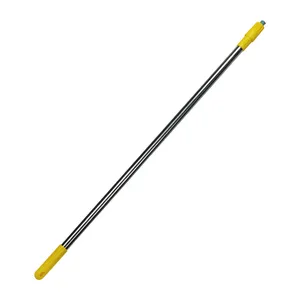





















 浙公网安备 33010002000092号
浙公网安备 33010002000092号 浙B2-20120091-4
浙B2-20120091-4